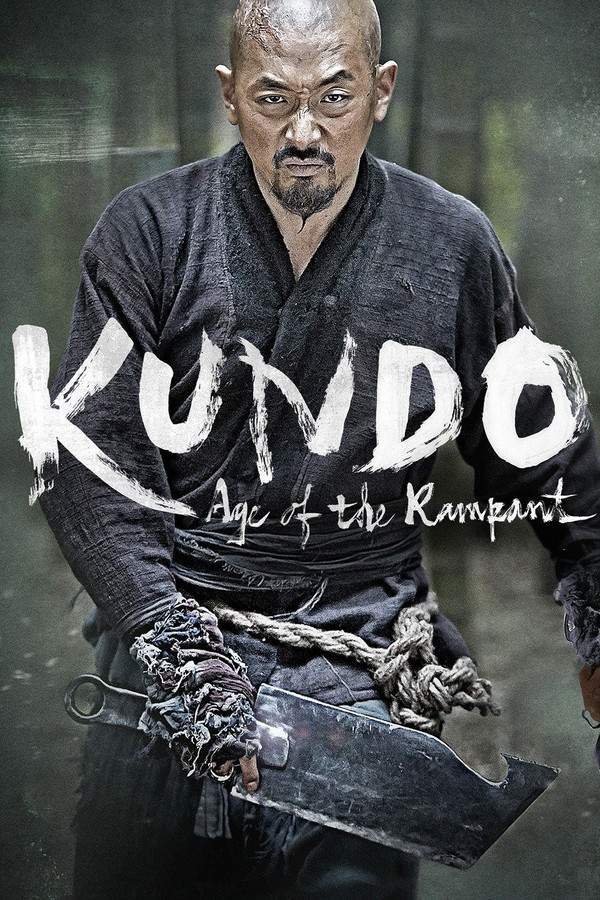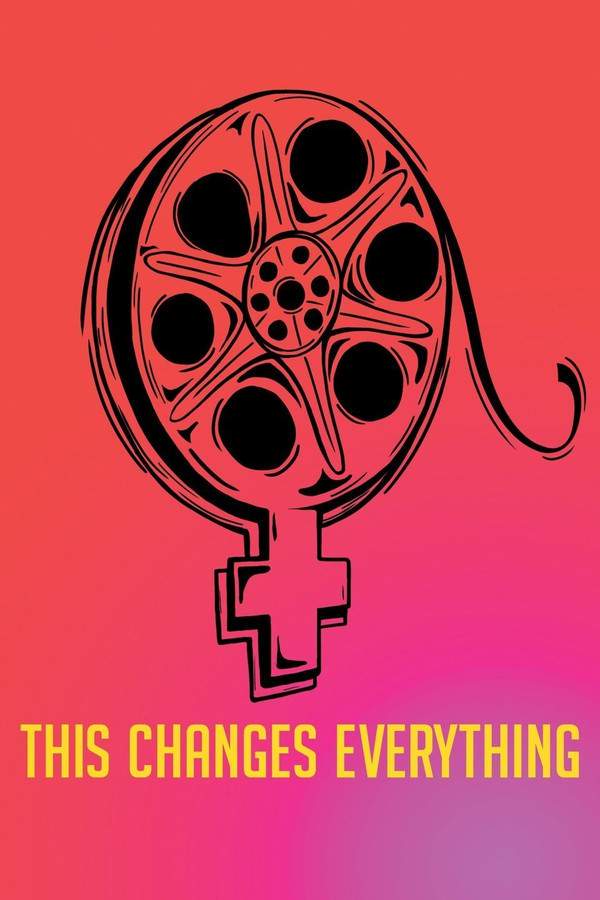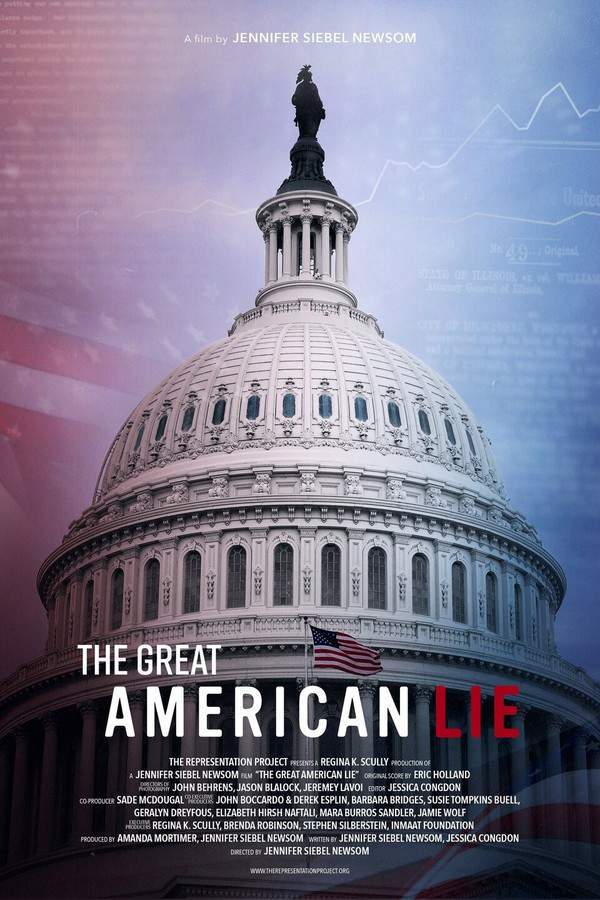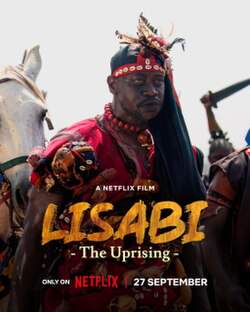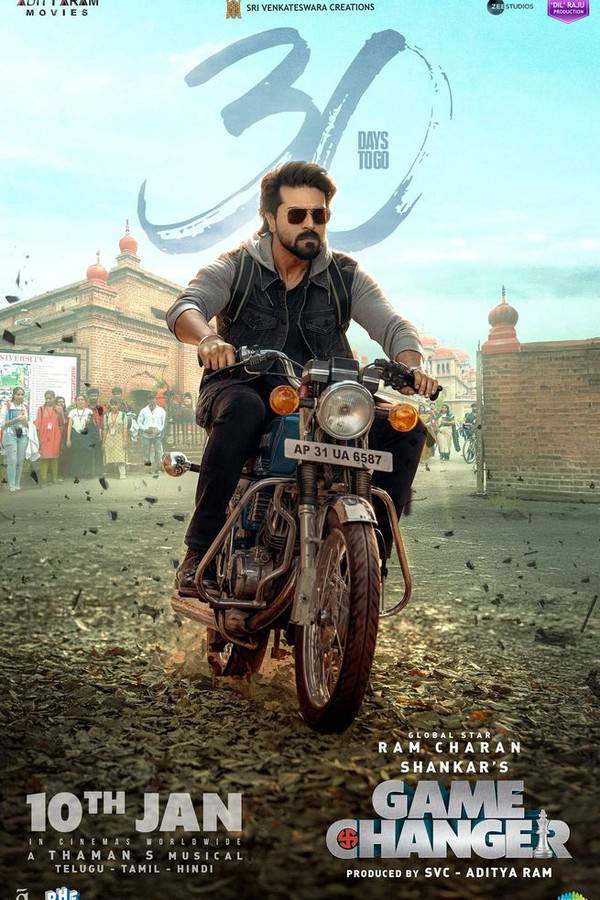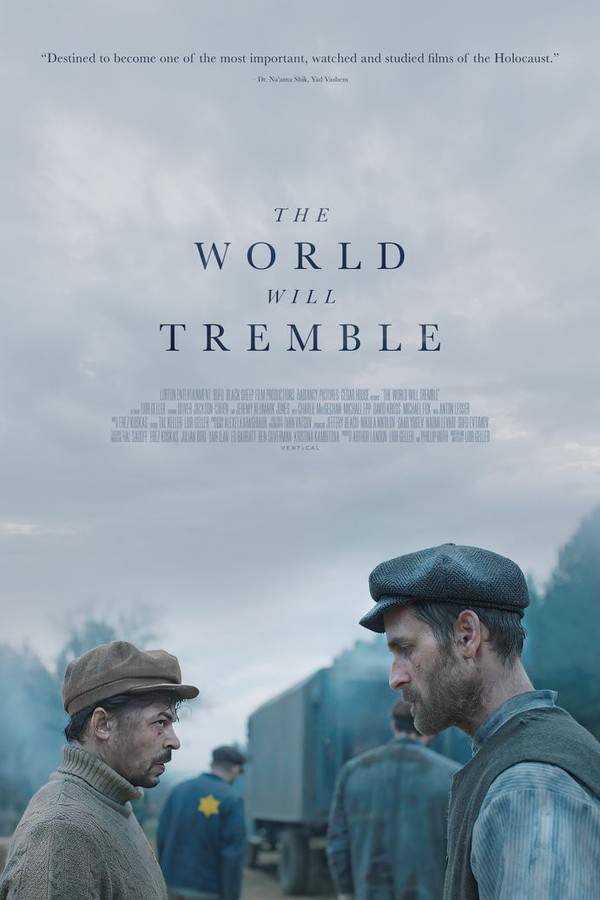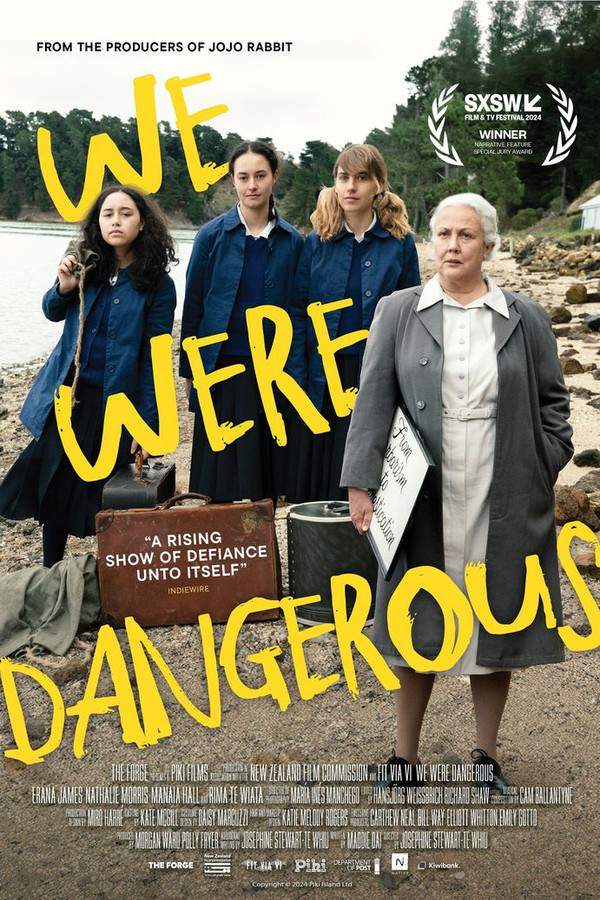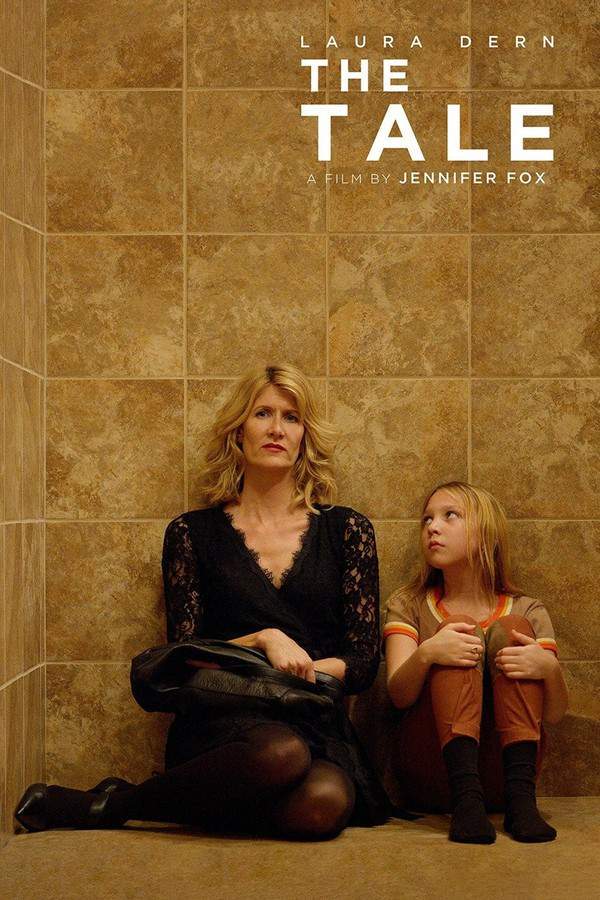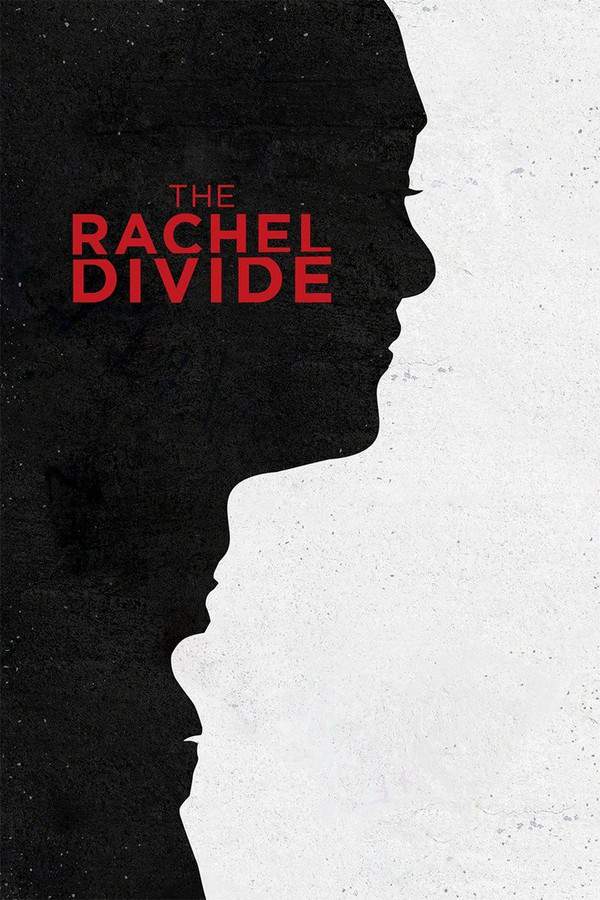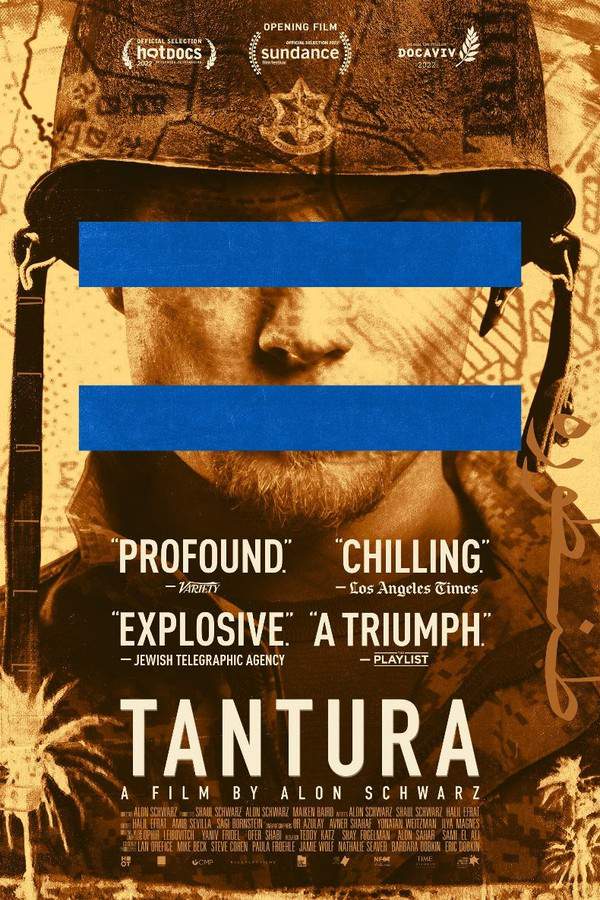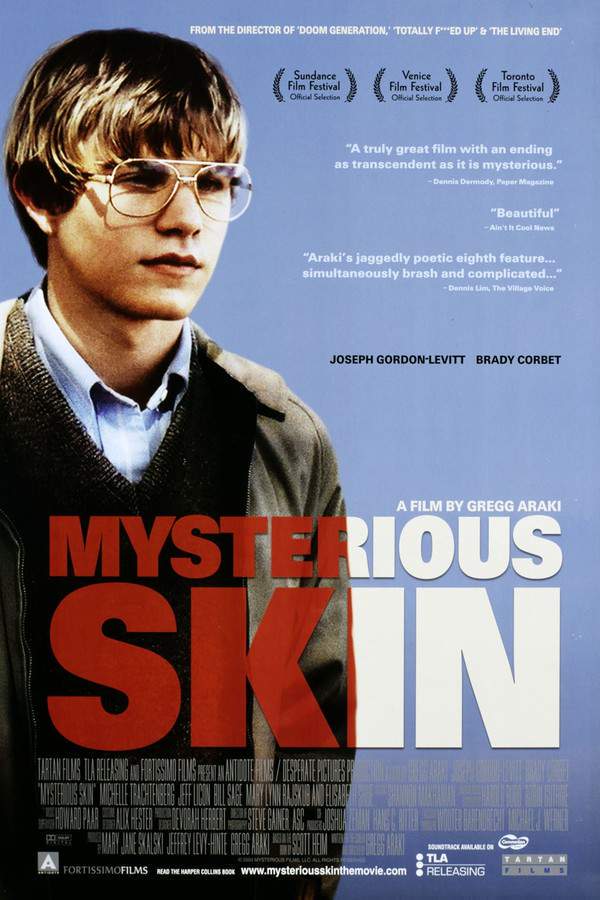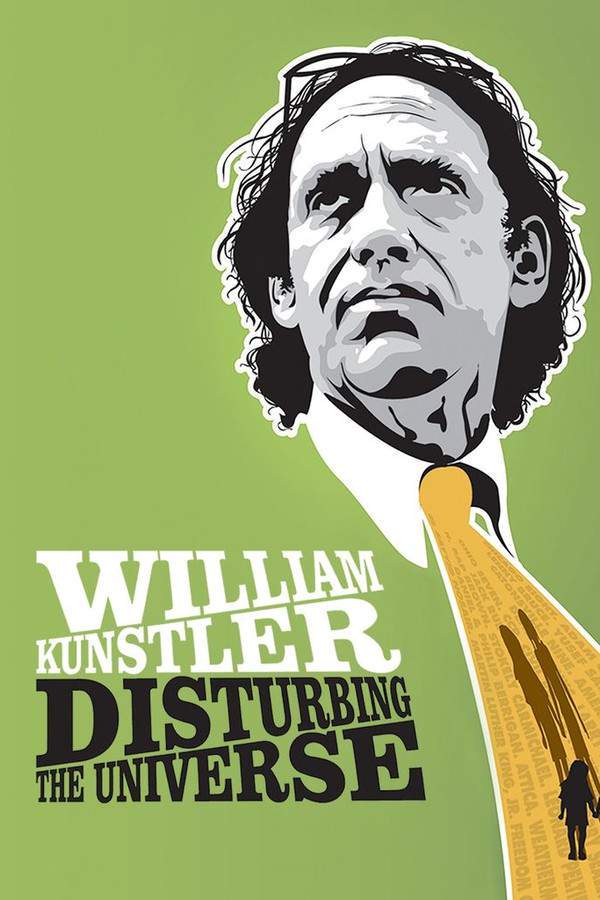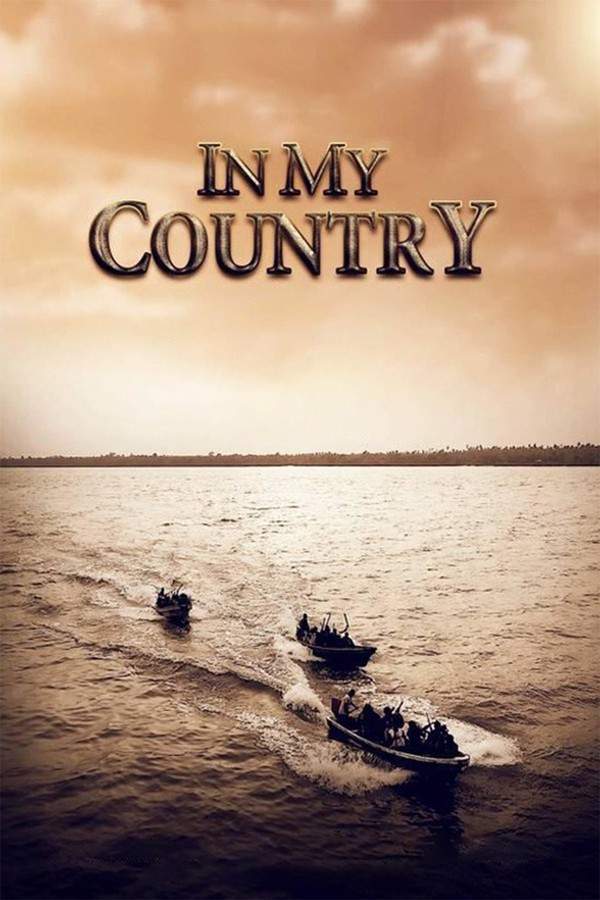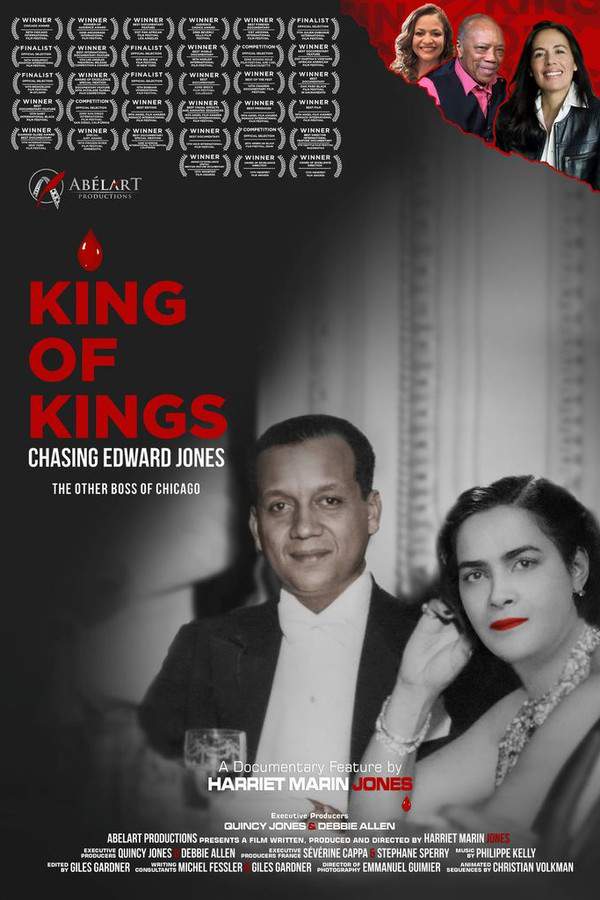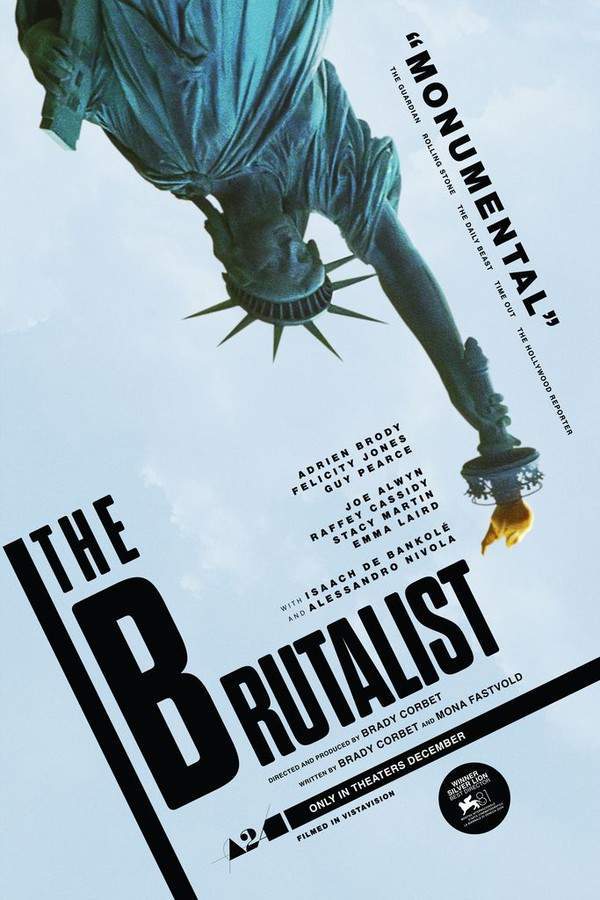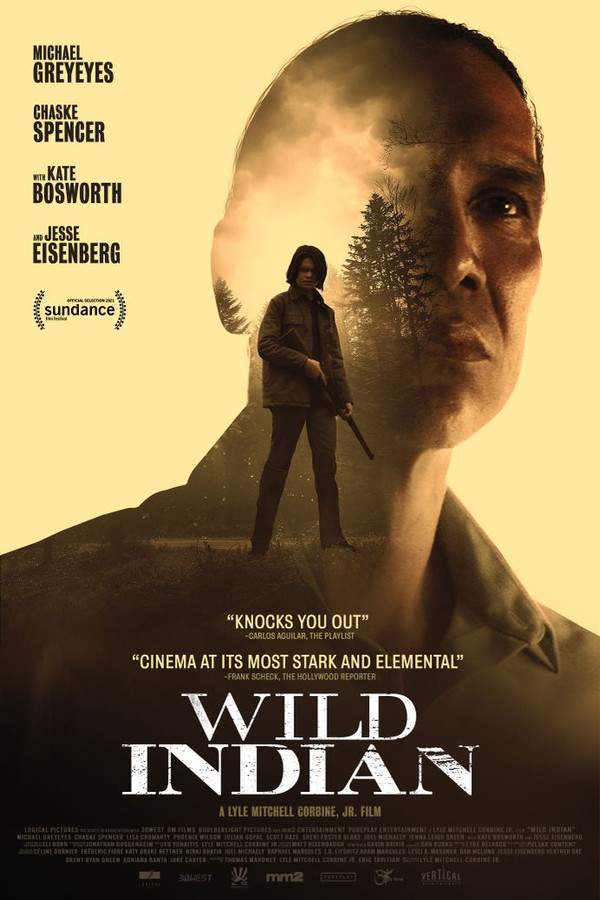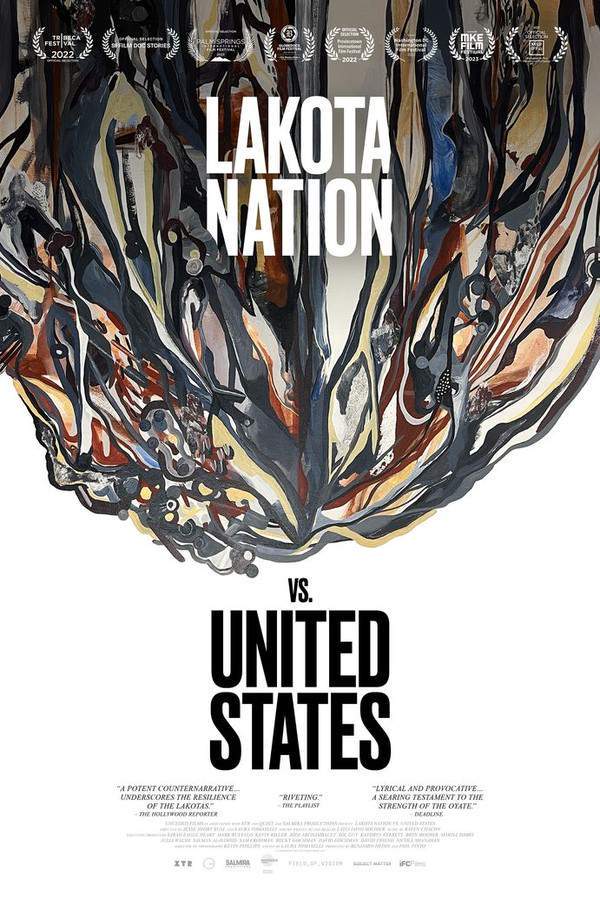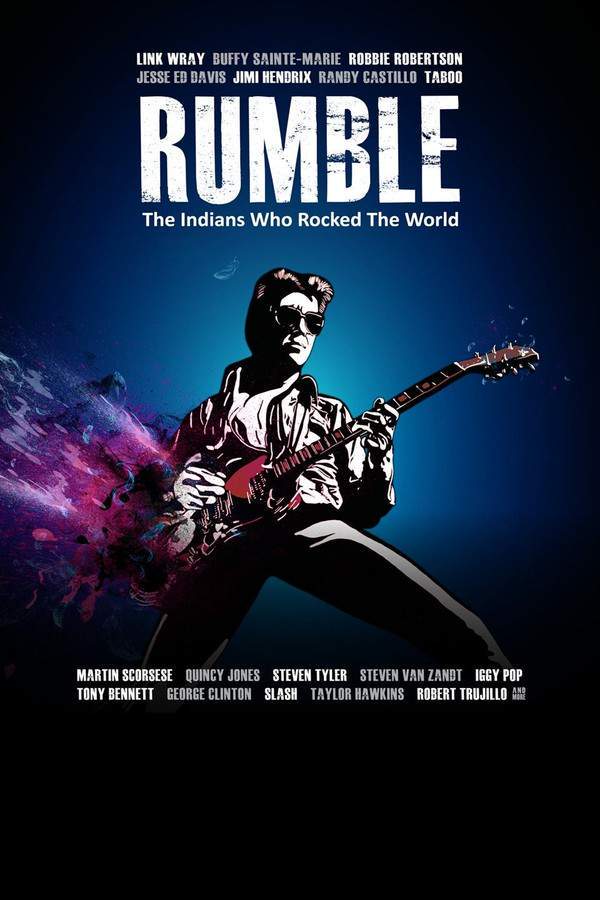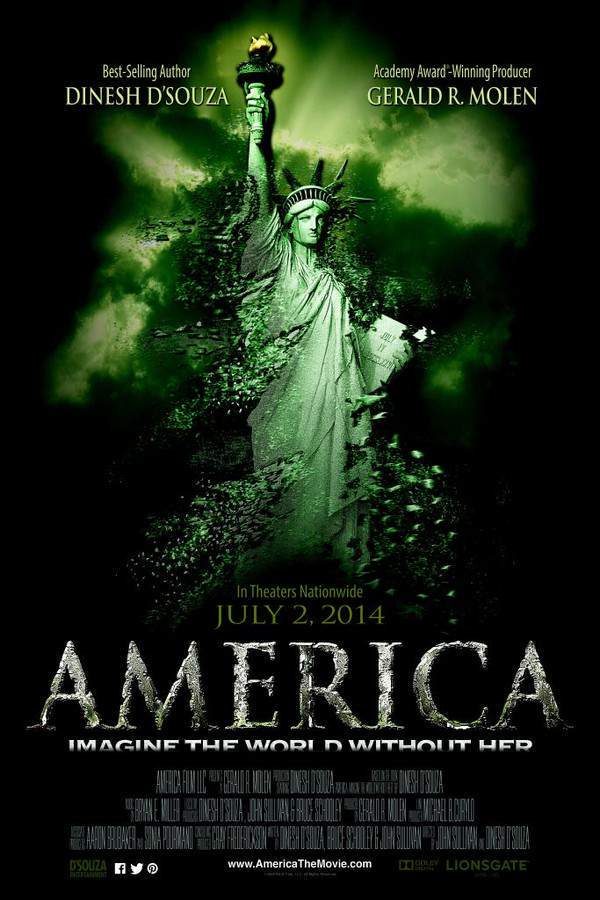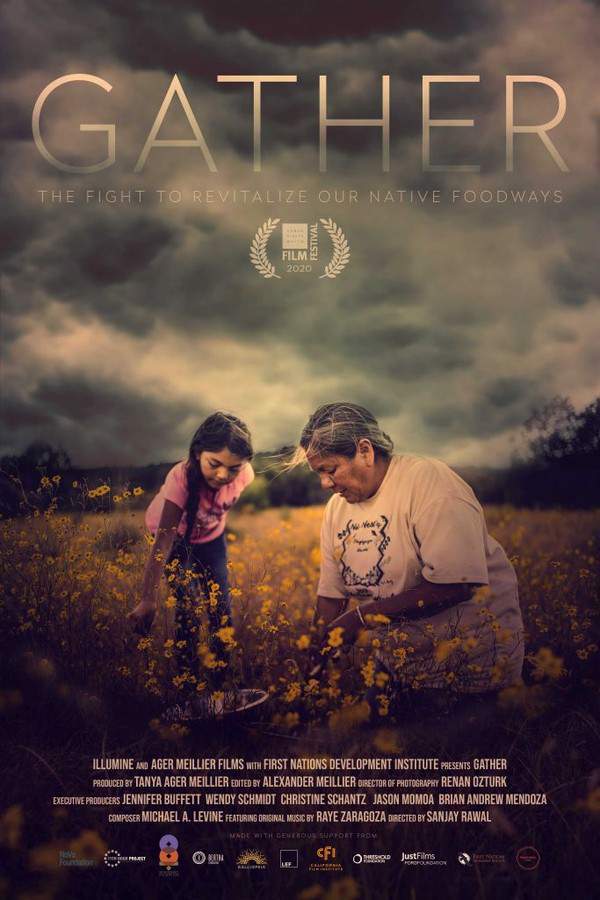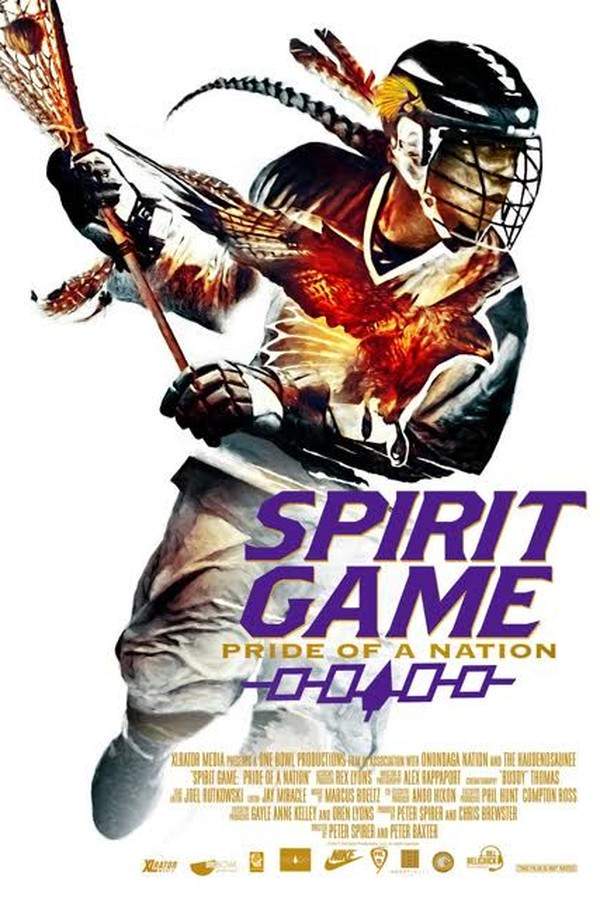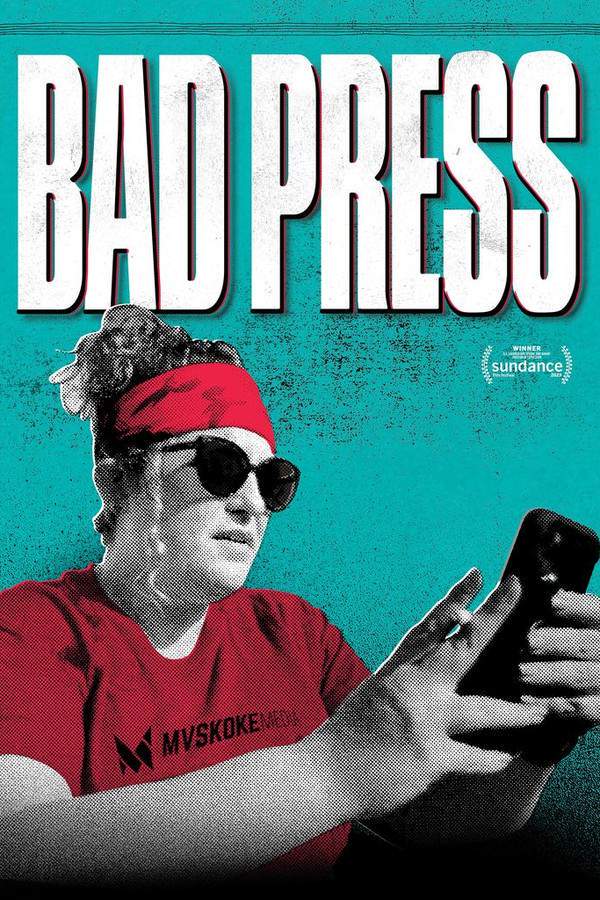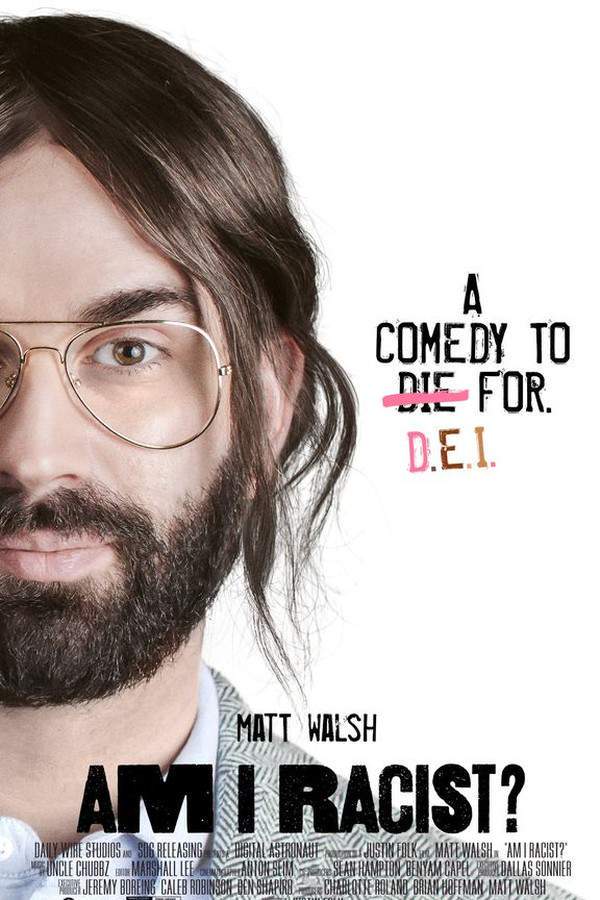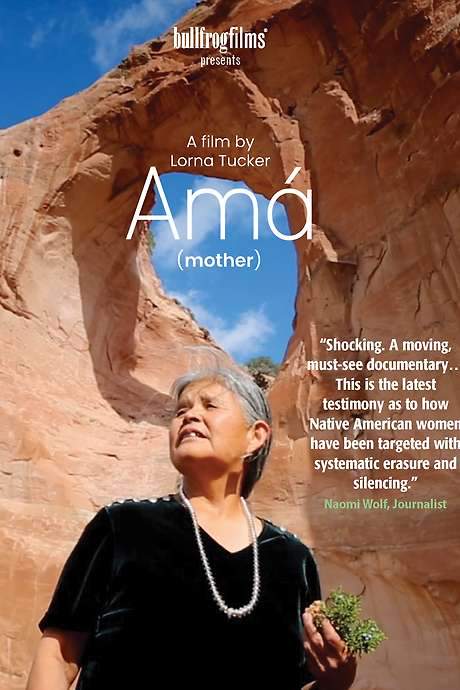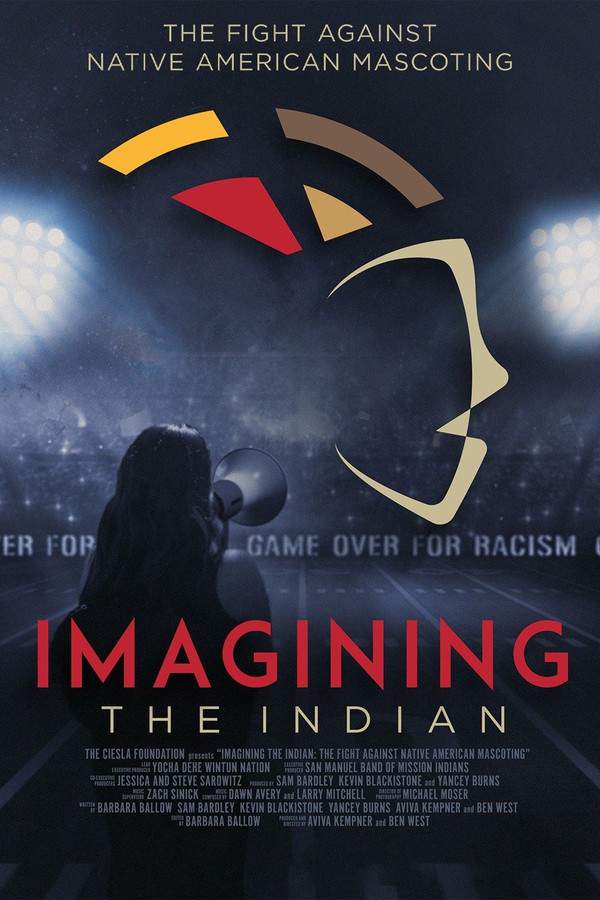
Imagining the Indian: The Fight Against Native American Mascoting
Amidst growing cultural awareness, this documentary examines the movement to end the misuse of Native American imagery in sports and other areas. It explores the historical roots and spread of harmful stereotypes and their profound impact on Native communities. The film follows efforts to dismantle offensive representations, drawing parallels between the removal of Confederate symbols and the rebranding of professional sports teams. Ultimately, it highlights a persistent fight to restore cultural pride and combat marginalization.
Warning: spoilers below!
Haven’t seen Imagining the Indian: The Fight Against Native American Mascoting yet? This summary contains major spoilers. Bookmark the page, watch the movie, and come back for the full breakdown. If you're ready, scroll on and relive the story!
Imagining the Indian: The Fight Against Native American Mascoting (2023) – Full Plot Summary & Ending Explained
Read the complete plot breakdown of Imagining the Indian: The Fight Against Native American Mascoting (2023), including all key story events, major twists, and the ending explained in detail. Discover what really happened—and what it all means.
Imagining the Indian: The Fight Against Native American Mascoting is a comprehensive documentary that delves into the ongoing movement aimed at eliminating the use of offensive Native American terms, names, logos, images, and gestures. This important film highlights the adverse impacts that caricatures such as Chief Wahoo, the Cleveland Indians’ cartoonish logo, the Atlanta Braves’ “tomahawk chop,” and the derogatory term “Redskins” have had on both Native communities and society at large.
The documentary traces the origins of Native American cultural appropriation in competitive sports, showcasing how teams and franchises have adopted names and logos that lack genuine connections to the Native tribes whose cultures are being exploited. At the film’s core is the formidable figure of Suzan Shown Harjo, the President of the Morning Star Institute and a recipient of the Presidential Medal of Freedom, whose decades-long fight against this cultural exploitation serves as a vital lens through which the audience can explore the historical context of the issue.
In examining the genocidal history of Native peoples in North America, the film emphasizes how this dark past has contributed to the perpetuation of negative stereotypes in sports, film, and television. The documentary features diverse perspectives from both Native and non-Native individuals, including strong advocacy represented by Harjo and her peers, such as Kevin Gover, the director of the National Museum of the American Indian, and Marshall McKay, the chairman of the Yocha Dehe Wintun Nation. Additionally, figures like W. Richard West, Jr., CEO of the Autry National Center of the American West, contribute insights into the ongoing debate around Native American mascoting.
The film critically surveys the legal history of activism against these derogatory representations, detailing several lawsuits spearheaded by Harjo and others over the years, notably the high-profile legal battles surrounding the “Redskins” name. It also unravels the contentious discourse about the National Football League (NFL)‘s nickname, which has historically been at the heart of Native advocacy. As the cultural climate shifts, the documentary raises questions about why the NFL has been resistant to name changes, despite addressing other issues of social justice such as domestic violence and LGBTQ rights. It also scrutinizes how team owner Dan Snyder’s outreach to engage with American Indian communities is perceived, including initiatives like creating playgrounds for economically disadvantaged tribes.
The film explores the etymology of the term “redskin”, tracing its origins from 19th-century newspaper advertisements that called for bounties on Native lives to its adoption by the Washington team’s franchise in the 1930s. It also delves into the story of William “Lone Star” Dietz, whose claims of Sioux ancestry led to the franchise’s controversial name change from the Boston Braves to the Redskins. Imagining the Indian provides a nuanced portrayal of the motivations behind those advocating for the removal of Native representations in sports, along with those who feel passionately about retaining such identities as part of sports culture.
The documentary illustrates successful campaigns to change names and mascots in high school and collegiate sports, highlighting achievements at institutions like Stanford, Dartmouth, and the University of North Dakota. Conversely, it also features groups such as the Honor the Chief Society, composed of University of Illinois alumni and students who support keeping the memory of former mascot “Chief Illiniwek” alive.
Moreover, the film discusses the lack of successful transitions from Native names in collegiate athletics to professional sports, prompting critical questions about the balance between brand recognition and cultural sensitivity. It probes how the NFL can take a stand against derogatory slurs for African Americans while maintaining a racial epithet for its Washington franchise.
Key issues for the American Indian community are examined, including whether a unified moral consensus among Native peoples is necessary to push this cause forward and the extent of Indian representation in sports and entertainment, which heavily influences public perception. The film highlights research from academics like Dr. Amy West, demonstrating the negative psychological impact that offensive imagery has on American Indian communities, particularly among the youth.
Imagining the Indian also addresses why Washington D.C.’s significant African American fan base, including prominent figures such as award-winning actors Jeffrey Wright and Taraji P. Henson, has not allied more closely with Native American protesters. The documentary considers how the presence of stereotypical imagery may contribute to harmful perceptions of other minority cultures.
Through compelling interviews with various stakeholders, including Congresspersons Eleanor Holmes-Norton and Deb Haaland, as well as professional Native athletes Bronson Koenig and Ryan Helsley, Imagining the Indian captures the wellspring of activism aimed at dismantling Native American mascoting. It looks ahead to the political activism of Generation Z, which appears to be cultivating a fresh perspective on issues encompassing gun control, climate change, and sports stereotyping.
Ultimately, this documentary strives to deliver comprehensive answers to these pressing questions while fostering a better understanding of the history and significance of this movement within today’s socio-political landscape.
Last Updated: May 12, 2025 at 07:03
Explore Movie Threads
Discover curated groups of movies connected by mood, themes, and story style. Browse collections built around emotion, atmosphere, and narrative focus to easily find films that match what you feel like watching right now.
Urgent Activist Documentaries like Imagining the Indian: The Fight Against Native American Mascoting
Documentaries that expose social injustice and follow the fight for meaningful change.If you liked the powerful advocacy in Imagining the Indian, explore more movies like it. These documentaries tackle social justice, cultural identity, and systemic inequality, blending sobering truths with hopeful stories of resistance and change.
Narrative Summary
These documentaries typically start by exposing a deep-seated social problem, tracing its historical roots and present-day impact through interviews and evidence. The narrative then shifts to chronicling the efforts of activists and communities working to dismantle the injustice, building towards a conclusion that, while acknowledging the struggle, offers a sense of hard-won hope and forward momentum.
Why These Movies?
Movies are grouped here because they share a powerful combination of a serious, educational tone and an activist heart. They aren't just examinations of problems; they are chronicles of solutions in progress, creating a specific emotional arc from heaviness to hopefulness.
Films about Cultural Reckoning like Imagining the Indian: The Fight Against Native American Mascoting
Stories that confront painful history to understand its lasting impact on identity.For viewers who appreciated the historical depth of Imagining the Indian, this section features similar movies that explore cultural trauma, identity, and the fight against erasure. These films are serious, thought-provoking, and focus on the long tail of history on modern communities.
Narrative Summary
The narrative pattern involves delving into a specific historical injustice or period of cultural oppression, using archival material, expert testimony, and personal stories to illustrate its scope. The film then connects this history directly to its contemporary manifestations, showing how the past actively shapes present-day struggles for recognition, dignity, and justice.
Why These Movies?
These films are grouped together because they prioritize a serious, educational examination of historical trauma and its modern-day repercussions. They share a sobering mood and a commitment to truth-telling, often revolving around themes of memory, identity, and the fight against cultural stereotypes or erasure.
Unlock the Full Story of Imagining the Indian: The Fight Against Native American Mascoting
Don't stop at just watching — explore Imagining the Indian: The Fight Against Native American Mascoting in full detail. From the complete plot summary and scene-by-scene timeline to character breakdowns, thematic analysis, and a deep dive into the ending — every page helps you truly understand what Imagining the Indian: The Fight Against Native American Mascoting is all about. Plus, discover what's next after the movie.
Imagining the Indian: The Fight Against Native American Mascoting Timeline
Track the full timeline of Imagining the Indian: The Fight Against Native American Mascoting with every major event arranged chronologically. Perfect for decoding non-linear storytelling, flashbacks, or parallel narratives with a clear scene-by-scene breakdown.

Characters, Settings & Themes in Imagining the Indian: The Fight Against Native American Mascoting
Discover the characters, locations, and core themes that shape Imagining the Indian: The Fight Against Native American Mascoting. Get insights into symbolic elements, setting significance, and deeper narrative meaning — ideal for thematic analysis and movie breakdowns.

Imagining the Indian: The Fight Against Native American Mascoting Spoiler-Free Summary
Get a quick, spoiler-free overview of Imagining the Indian: The Fight Against Native American Mascoting that covers the main plot points and key details without revealing any major twists or spoilers. Perfect for those who want to know what to expect before diving in.

More About Imagining the Indian: The Fight Against Native American Mascoting
Visit What's After the Movie to explore more about Imagining the Indian: The Fight Against Native American Mascoting: box office results, cast and crew info, production details, post-credit scenes, and external links — all in one place for movie fans and researchers.

Similar Movies to Imagining the Indian: The Fight Against Native American Mascoting
Discover movies like Imagining the Indian: The Fight Against Native American Mascoting that share similar genres, themes, and storytelling elements. Whether you’re drawn to the atmosphere, character arcs, or plot structure, these curated recommendations will help you explore more films you’ll love.
Explore More About Movie Imagining the Indian: The Fight Against Native American Mascoting
Imagining the Indian: The Fight Against Native American Mascoting (2023) Scene-by-Scene Movie Timeline
Imagining the Indian: The Fight Against Native American Mascoting (2023) Movie Characters, Themes & Settings
Imagining the Indian: The Fight Against Native American Mascoting (2023) Spoiler-Free Summary & Key Flow
Movies Like Imagining the Indian: The Fight Against Native American Mascoting – Similar Titles You’ll Enjoy
Wild Indian (2021) Full Summary & Key Details
Lakota Nation vs. United States (2023) Plot Summary & Ending Explained
Rumble: The Indians Who Rocked The World (2017) Full Movie Breakdown
America: Imagine a World Without Her (2014) Movie Recap & Themes
Gather (2020) Complete Plot Breakdown
Spirit Game: Pride of a Nation (2017) Spoiler-Packed Plot Recap
Bad Press (2023) Full Movie Breakdown
Am I Racist? (2024) Full Summary & Key Details
Amá (2018) Film Overview & Timeline
Ethnic Notions (1986) Detailed Story Recap
Battle of Little Bighorn (2020) Movie Recap & Themes
The American Buffalo (1000) Complete Plot Breakdown
500 Nations (1000) Movie Recap & Themes
Naturally Native (1999) Full Movie Breakdown
The New Americans: Gaming a Revolution (2023) Film Overview & Timeline





